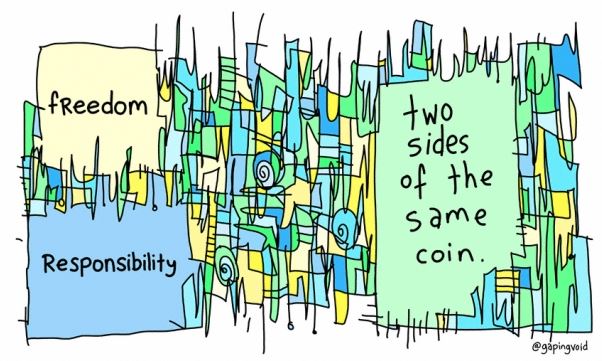 By Carol Palmer–Tawhai Teacher
By Carol Palmer–Tawhai Teacher
Wander into a Montessori primary school class at any given moment and you may be likely to see small groups of tamariki working quietly with books and materials accompanied by the gentle hum of focused discussion. You may also see a cacophony of tamariki researching, experimenting, recording and chattering excitedly about their intentions and discoveries. Both of these scenes and the whole spectrum in between are signs of a well-functioning Montessori class. But there are also times when tamariki become chaotic, distracted and side-tracked, or simply drawn to do something that is not in their educational interest.
Dr. Maria Montessori said, “To let the child do as he likes, when he has not yet developed any powers of control, is to betray the idea of freedom.”
In a Montessori setting, we tend not to have structured times and the students are free to choose what to do and when to do it. In order to create a busy gentle hum, we have strategies to ensure that we do not lose the child to chaos (too often!) We do this by offering the right amount of freedom with the right amount of responsibility.
While the application of the theory will vary slightly between classes and between children within a class, all Montessori kaiako use a few basic strategies to facilitate the child’s independent learning adventure, one that has a rich curriculum that allows for progression of learning at the child’s own pace. These are:
Conferencing: Teachers conference regularly with each child. Sometimes this is done individually and sometimes within groups. Sometimes formal, sometimes informal. Children should be used to hearing, “We’ll get back together in a few days to talk about how this mahi (work) is going.” This creates the understanding that the child is responsible for doing the work but it also ensures an understanding that we will come together to reassess and evaluate progress which creates the understanding that the child is responsible for doing the work.
Work journals: Children record the work they do each day in their journal. The teacher and the child assess the journal together and evaluate their work choices, use of time and lesson needs. Some children are given additional supports such as Work Plans, To Do Lists and Work Menus. These will change throughout the year as children become better able to take on the responsibility of managing their own freedom.
Community expectations: Montessori classes have a LOT of rules. The children set most of these rules themselves during community meetings. These meetings allow them play an active part in the running of their community; understanding the purpose behind a rule (since they have all discussed and agreed upon each rule), makes them far more likely to follow it. Often children will point out to one another that they are not following a rule, or meeting the community expectation of focused work during class time.
So how do we achieve the balance between enabling a child to find their own educational pathway and letting them do what they want? With difficulty! For kaiako, it is an art of constant observation, reflection and refinement. Dr. Maria Montessori spoke a lot about the role of the adult, which is to ensure that each child has sufficient challenges to keep them engaged and productive but also to ensure they have enough time in between to follow their own interests.
These strategies can help you as a parent understand what is going on in your child’s class. When trying to make sense of the cacophony you may see or hear, try asking: what did you record in your journal today? What was your favourite lesson? What is on your To Do List? What work did you last discuss with your teacher? What are you researching? How are you managing your freedom? Are you making good choices?
Using the same language they are used to hearing in school also helps children reflect on their own learning which gives them a greater sense of freedom and responsibility.